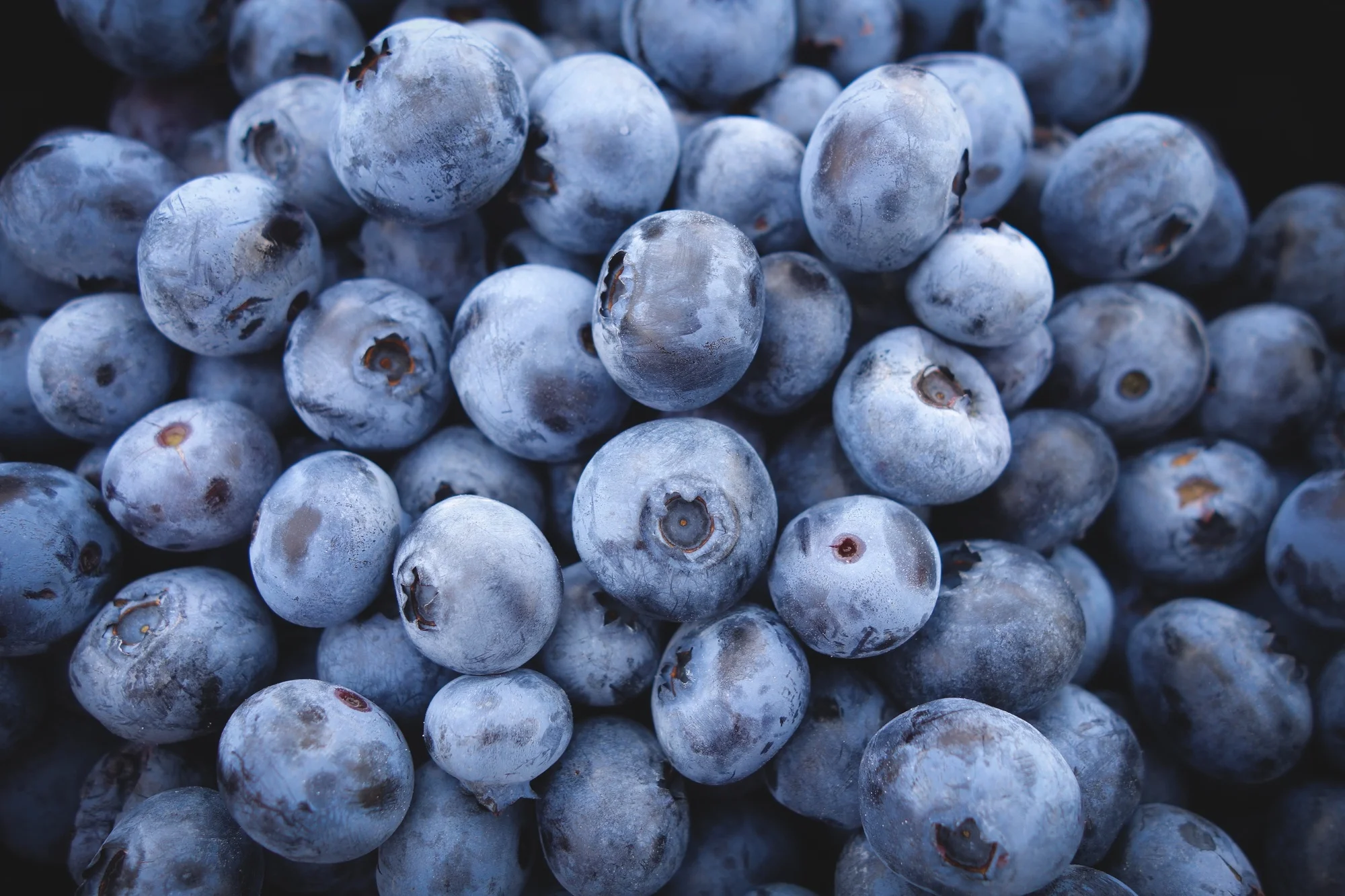The Healthy Diet You Should Try That You've Never Heard About
/This diet is backed by the USDA, can help you drop pounds, reduces the risk of many diseases, and much more yet no one knows about it! We break down the DASH diet so you can see if it’s right for you.
The DASH diet, which stands for Dietary Approaches to Stop Hypertension, was originally developed to reduce blood pressure, but in the 20 years since the diet was developed it’s also been found to lower the risk of heart disease, cancer, diabetes and kidney disease and can be a healthy, balanced way to lose weight. Despite this diet’s rave reviews in the medical community, it’s estimated that less than one percent of the American population follows it.
“But I don’t have hypertension”, you might say. Hear me out! While keeping your ticker in tip-top shape may not be a worry for you today, why not try a diet that can lower your weight AND keep you healthy in the long run? Recent studies have shown that cardiovascular disease now kills one out of 3 Americans. It’s estimated that 75 million people in the United States have hypertension, and another 1/3rd of Americans have prehypertension. The fact is, many of us don’t think about our heart health - and don’t have symptoms - until there’s a problem much later in life when treatment is already needed. (Your future self will thank you if you make some small, healthy changes now instead of waiting, we promise!)
Tired of complicated diets? Here’s more good news. The U.S. News & World Report has ranked the DASH diet as the #1 diet for seven years in a row, over Weight Watchers and other big names, partially because the DASH diet does not restrict food groups, making it easier to follow for the long haul.
So what is it?
The DASH diet focuses on eating a diet rich in whole grains, legumes, vegetables, fruit, low fat animal products (lean meats, poultry, fish) and nonfat or low-fat dairy products. This means it also contains a lot less salt, fat, added sugars, and red meat than the typical American diet. There are no complicated meal plans. Simply find out how many calories you need and match it up to the servings of each food group and you’re good to go.
Best of all, you don’t have to commit to a big thing to start off with. The NIH recommends taking it slow and adding small changes to ease on into it. To get started, try adding one more serving of vegetables at lunch or dinner, use half the amount of butter you usually do, add a piece of fruit as a snack, try new spices, or drink an extra glass of water.
To download our handy dandy DASH diet cheat sheet, click here.
Here’s how the diet works for hypertension:
By following a diet high in veggies and low in unhealthy foods, you will naturally drop weight. Blood pressure typically rises as body weight increases. Per the National Health Institute, losing just 10 pounds can lower blood pressure and losing weight can be the most effective way for those who are overweight and already have hypertension to lower blood pressure.
Green leafy veggies, fruits like avocado, oranges, bananas and tomatoes, dairy, fish, nuts and beans are all high in potassium. Research has found that eating foods high in potassium may be just as important for lowering blood pressure as reducing the salt in your diet.
Dairy and green leafy veggies are high in calcium, which helps lower blood pressure.
Omega-3 fatty acids, from sources such as fish and nuts, increase the production of nitric oxide, which relaxes blood vessels and can lower blood pressure.
Fruits and vegetables provide antioxidants, which can reduce LDL cholesterol oxidation in blood vessels, slowing the hardening of blood vessels.
Green leafy vegetables, nuts and whole grain breads provide magnesium, which causes blood vessels to relax, reducing blood pressure.
All those whole grains, fruits and vegetables are high in fiber. Fiber, especially the insoluble type, has been linked to reducing blood pressure.




